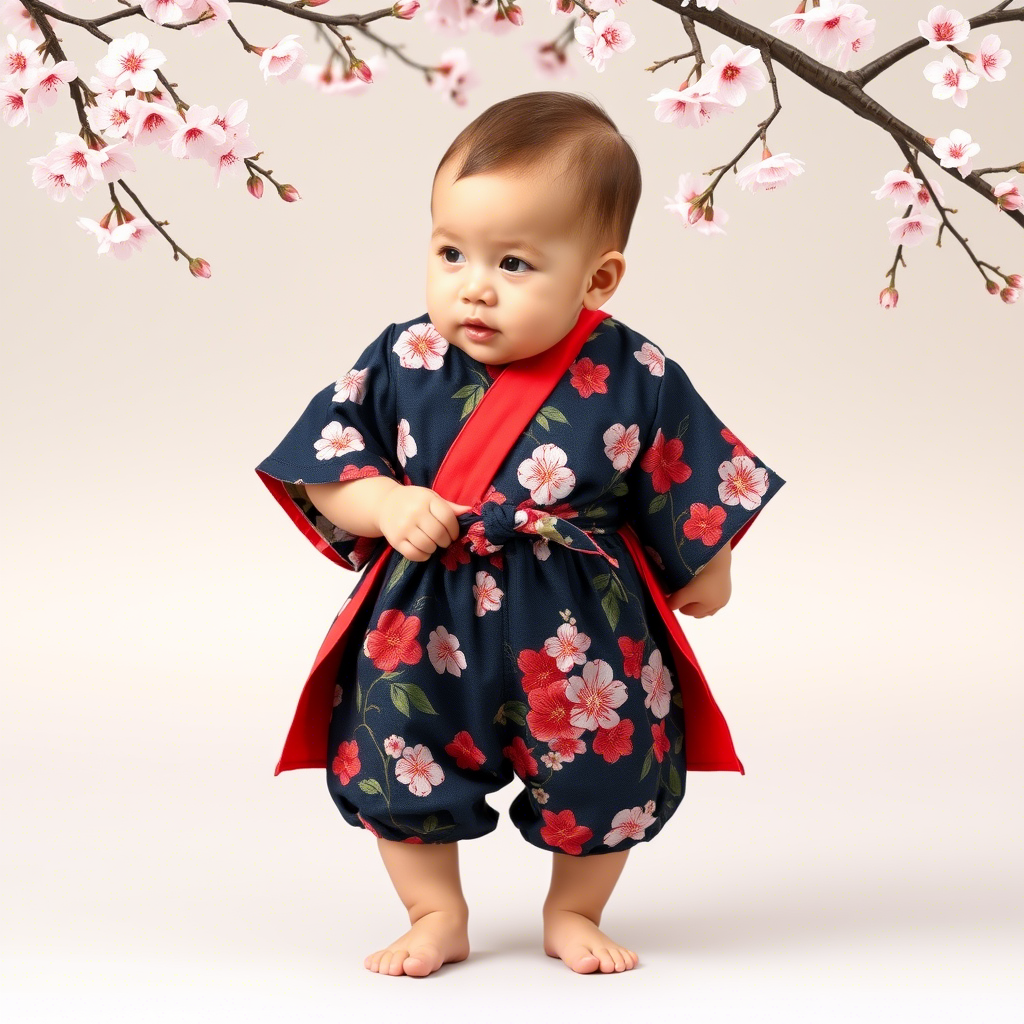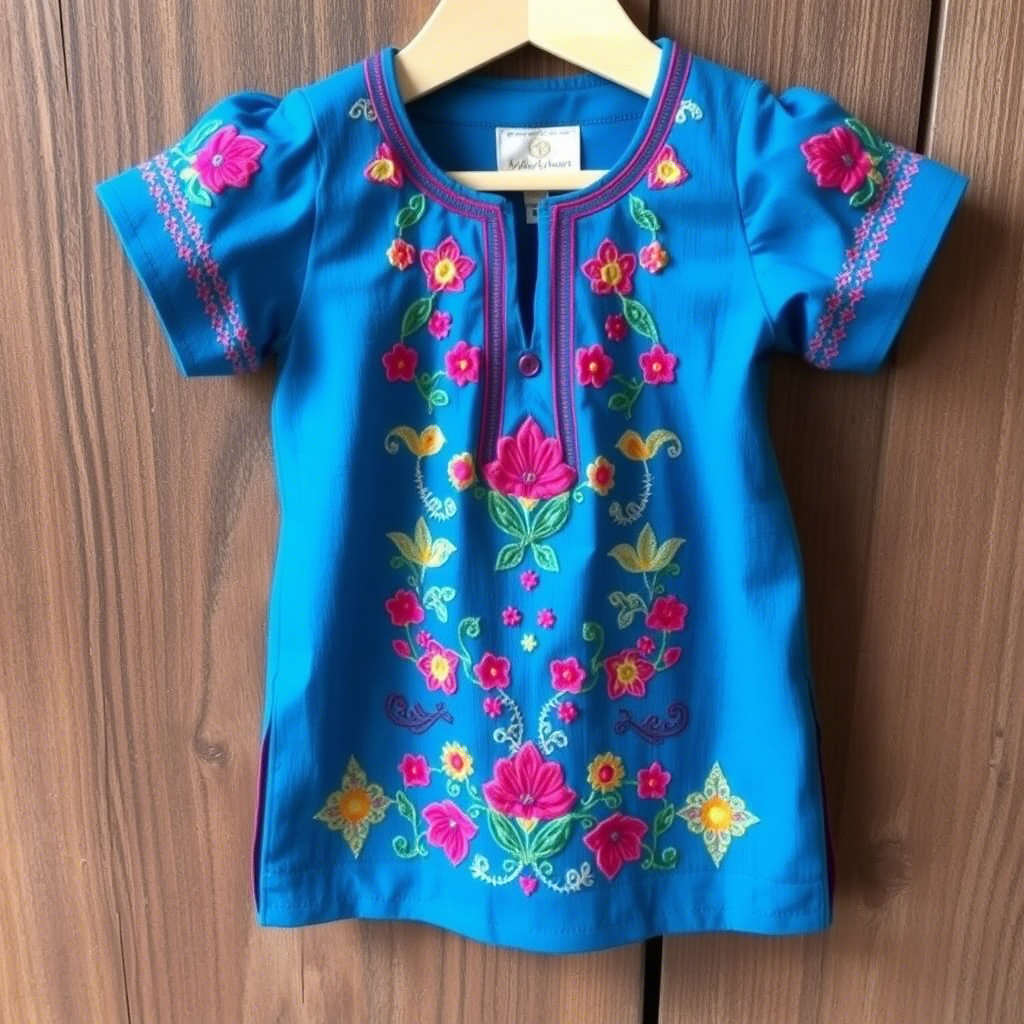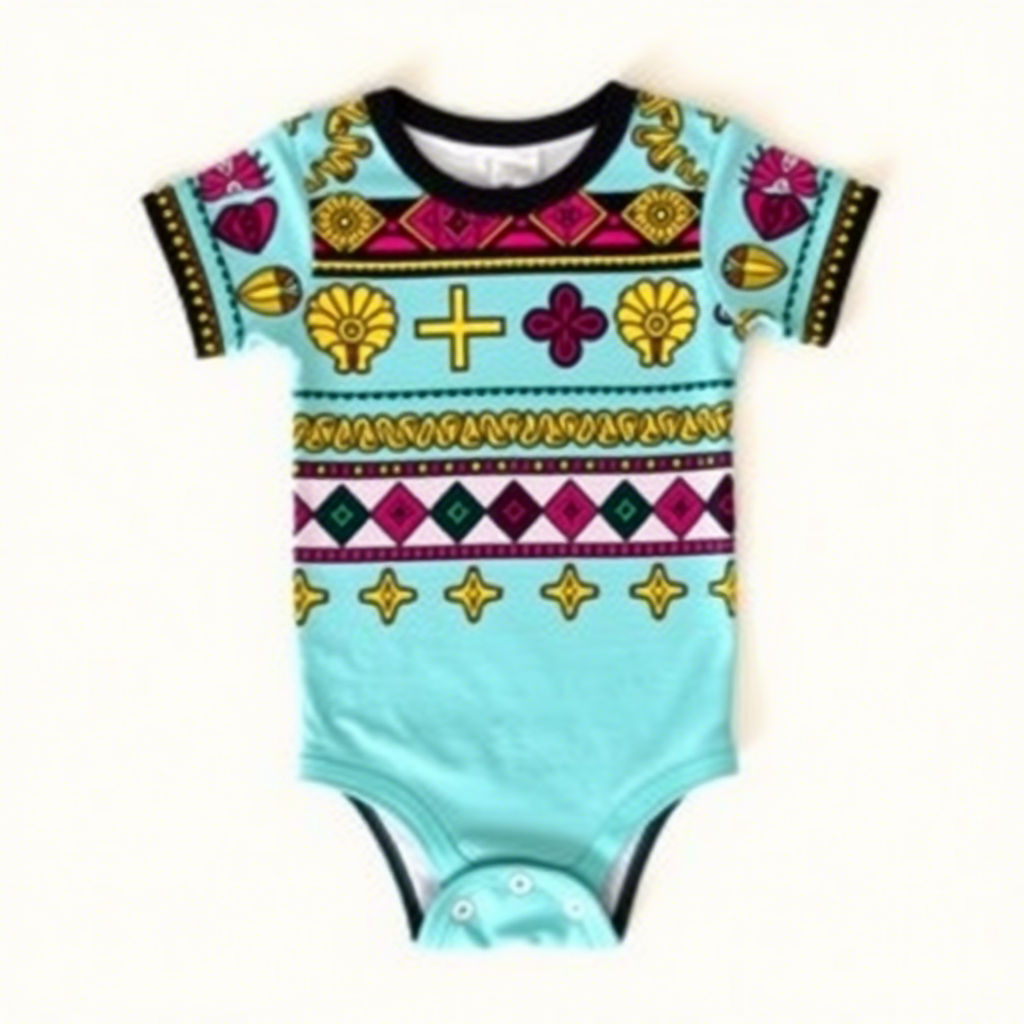Cultural Influence On Baby Clothes: A Global Perspective
The clothing we choose for our babies is not just a matter of personal taste; it is often a reflection of our cultural heritage and values. Across the globe, different cultures have their unique ways of dressing their babies, influenced by traditional attire, symbolic meanings, and regional preferences. This article explores the diverse cultural influences on baby clothes, highlighting the significance of these choices and how they vary worldwide.
Cultural Significance of Baby Clothing
Baby clothing is more than just a necessity; it’s a way to pass down cultural traditions and values to the next generation. In many cultures, the clothes a baby wears are believed to influence their future, personality, and even destiny. For instance, in some African cultures, babies are dressed in clothes adorned with specific symbols that are believed to bring good fortune and protection.
- The choice of fabric, color, and design is often guided by cultural beliefs and superstitions. For example, in many Asian cultures, red is considered a lucky color and is often used in baby clothing to ward off evil spirits.
- Traditional clothing for babies can also serve as a connection to their ancestors and cultural roots.

- The intricate designs and patterns on baby clothes can also tell stories about the family’s history and social status.
Regional Influences on Baby Fashion
Different regions around the world have their distinct styles and preferences when it comes to dressing babies. These regional influences are shaped by climate, cultural traditions, and available materials.
Asian Influences
In many Asian countries, baby clothing is heavily influenced by traditional attire. For example, in Japan, babies are often dressed in kimono-inspired clothing, which is both beautiful and symbolic. The use of cherry blossom motifs, like the one shown in the image, signifies the hope for a bright and beautiful future.
- In India, baby wear is known for its intricate embroidery and vibrant colors, reflecting the rich cultural heritage of the country.

- In China, the color red is predominant in baby clothing due to its auspicious connotations.
African Influences
African baby clothing is characterized by bright colors and symbolic prints. The Adinkra symbols from Ghana, for example, are not only aesthetically pleasing but also carry deep meanings related to wisdom, strength, and community.

- African prints are used to tell stories and convey messages, making baby clothes a meaningful way to share cultural values.
- The use of traditional African fabrics and patterns in baby clothing helps in keeping cultural traditions alive.
Modern Trends in Cultural Baby Clothing
While traditional influences remain strong, modern trends are also shaping the way babies are dressed around the world. There’s a growing interest in blending traditional elements with contemporary styles, creating a unique fusion that honors cultural heritage while appealing to modern tastes.
- Many parents are now opting for baby clothing that incorporates traditional motifs and fabrics into modern designs, making it possible to celebrate cultural identity in a contemporary context.
- The rise of global connectivity has made it easier for cultural influences to cross borders, leading to a more diverse and eclectic approach to baby fashion. For those looking to explore this trend further, boys’ coats with unique designs are a great place to start.
- Sustainable and eco-friendly baby clothing is also becoming increasingly popular, with many parents choosing materials and brands that align with their cultural values and environmental concerns. Brands that offer eco-friendly baby clothing options are gaining traction among conscious consumers.
Challenges and Opportunities
The blending of cultural influences in baby clothing presents both challenges and opportunities. On one hand, it allows for a rich exchange of ideas and aesthetics. On the other hand, it raises questions about cultural appropriation and the importance of respecting cultural origins.
- Understanding the cultural significance behind different baby clothing traditions is crucial in appreciating and respecting diverse cultural practices.
- There’s an opportunity for brands to play a positive role by promoting cultural sensitivity and awareness through their designs and marketing practices.
Preserving Cultural Heritage Through Baby Clothing
As the world becomes more interconnected, preserving cultural heritage through baby clothing is more important than ever. Parents and brands alike have a role to play in ensuring that cultural traditions are kept alive.
- By choosing clothing that reflects their cultural background, parents can pass down their heritage to their children.
- Brands can contribute by offering clothing lines that celebrate different cultures, thereby promoting diversity and understanding.
Conclusion
The cultural influence on baby clothes offers a fascinating glimpse into the diverse ways parents around the world choose to dress their children. From traditional attire to modern fusion styles, baby clothing is a reflection of cultural identity, values, and aesthetics. As we move forward, the key will be to balance innovation with respect for cultural heritage, ensuring that the next generation is connected to their roots while embracing the beauty of global diversity.

Comments